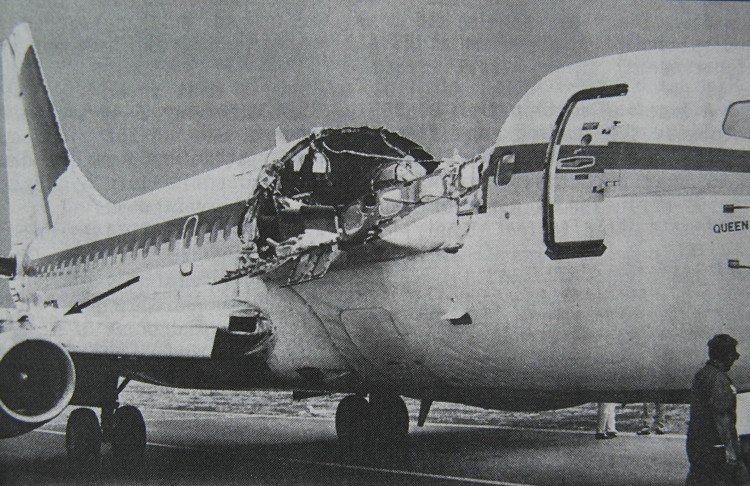Originally Posted by
Cougrrcj
AND pressurized aircraft like airliners have a limited lifetime measured in pressurization cycles, not flight hours or any such calendar time. Every flight leg (takeoff/landing) counts against the 'lifetime' of the airframe. The airplane boneyards out west are full of airliners less than 20 years old - ones that have already reached their limit of pressurization cycles. Why? Remember when Aloha Airlines Flight 243 lost an entire section of cabin 'roof' a number of years ago (April 1988)? Too many pressurization cycles that caused microscopic cracks in the skin, which also allowed corrosion from the salt air to weaken further. The plane was only 19 years old.

Unpressurized aircraft generally have component lifetimes measured in flight hours, if they have such a limit at all. That's why we still have DC-3/C-47s flying commercial operations around the globe at 80+ years old!
.
There is a lot more to that story. IIRC in excess of 80,000 flight cycles, & the epoxy they used to bond the panels never actually bonded because the mechanics that installed it were in a hurry. Had they been patient & followed procedure, the still cold (from frozen minus 80f) epoxy would not have been wet with condensation & the proper structural bond would have been achieved. The result of this error left the full structural load on the inadequet number of fasteners...for
80,000 cycles.
But what do I know? I only worked there installing fasteners & epoxy for a really large portion of my working career. Because of this failure there are now fail-safe straps installed at every frame.
They alao had a similar issue with skin laps using too few rows of fasteners a few years back. In extreme high use aircraft. The lap would "straighten out" causing cracking parallel to either side of the lap. The solution was to make the overlap of the lap a bit bigger & add an extra row of fasteners so the twisting force that was a product of puting the panels under tension was reduced.
I've worked on in service aircraft that were as many as
3 feet longer than originally built because of the accumulated stress loads over the airframes lifetime & their service will continue until something cheaper to operate comes along. Most aircraft in boneyards has to do with operating cost rather than lifecycles. That's why they are in storage & not scrap in the recycling pile. Yes, We've scrapped a few failures too. Those leave in pieces on trucks. That happens very rarely. The cause is almost always Manufacturing failure to properly execute on Engineerings instructions.
Blanket statements about any material without regards to the engineering involved in the structure or failure mode highlights said persons ignorance ignorance.